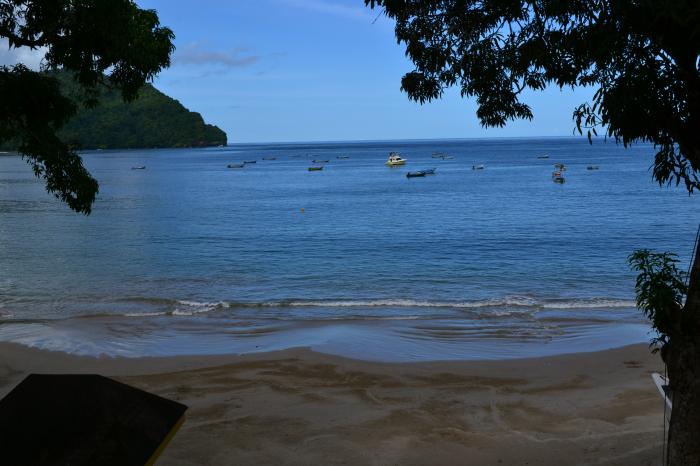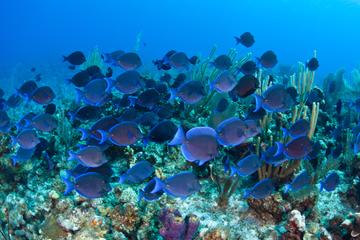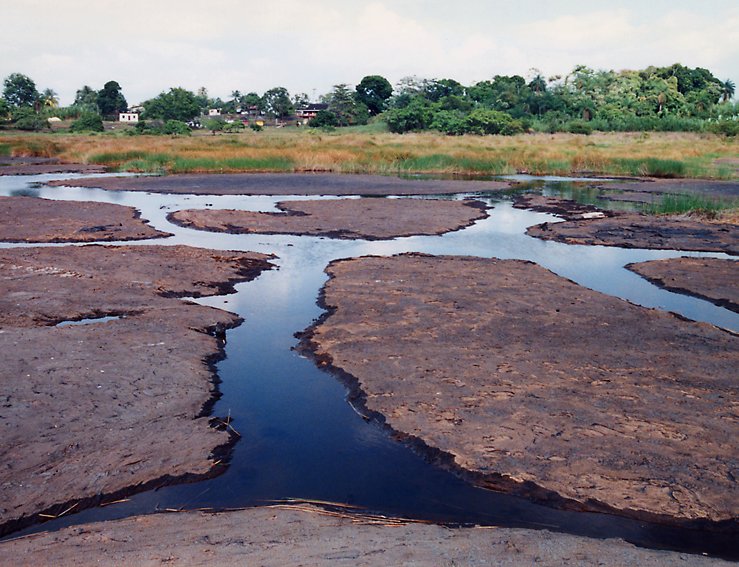I know I have mentioned beaches quite a lot,
but we are talking about the Caribbean islands and that means beaches are a big
part of that experience, even more so when those beaches are all amazing in
their own special way.
Maracas beach, Trinidad, is hands down one of the most
popular and is the place to be for both tourists and locals alike with its
white sand, beautiful blue water and glorious waves. Unlike most of Tobago’s
beaches Maracas has waves to make you experience a little more excitement. There
is Las Cuevas Bay just 15min drive from Maracas with similar waves but the
beach is longer and more spacious so you can feel a little less clustered when
the crowds are in. Let’s not forget you can always get a nice bake and shark
after.
As for Tobago, one of the most unique beaches that we did not mention
till now is one called No Mans Land. It is so called because for a long time
there was no way of getting to this beach other than by boat. There was no way
to get to it by car until a few years ago when a track was made. This beach
joins to mangrove wetlands and is an important habitat for many species of
bird.
Our beaches are bound with endless beauty making
them crucially essential for a successful tourism sector. Let us remember this
on our next visit to the beach. As visitors and locals let us try to conserve
the magnificence and splendor so it may lasts for decades to come.















_06.jpg)
